
In years past, Pacific Northwest gardeners have put their gardens to bed at the end of summer. This is changing. I see a greater trend towards maintaining garden color using ever-beautiful perennials and woody plants. This trend was reinforced while visiting a gardening friend last fall. He said that his garden looked too barren after he had removed all his summer annuals and cut back his herbaceous perennials. So, he sought to fix the problem. He embarked on a quest to learn how other gardeners achieved year-round color and was delighted to discover a vast selection of winter garden plants.
Unusual Winter Berries
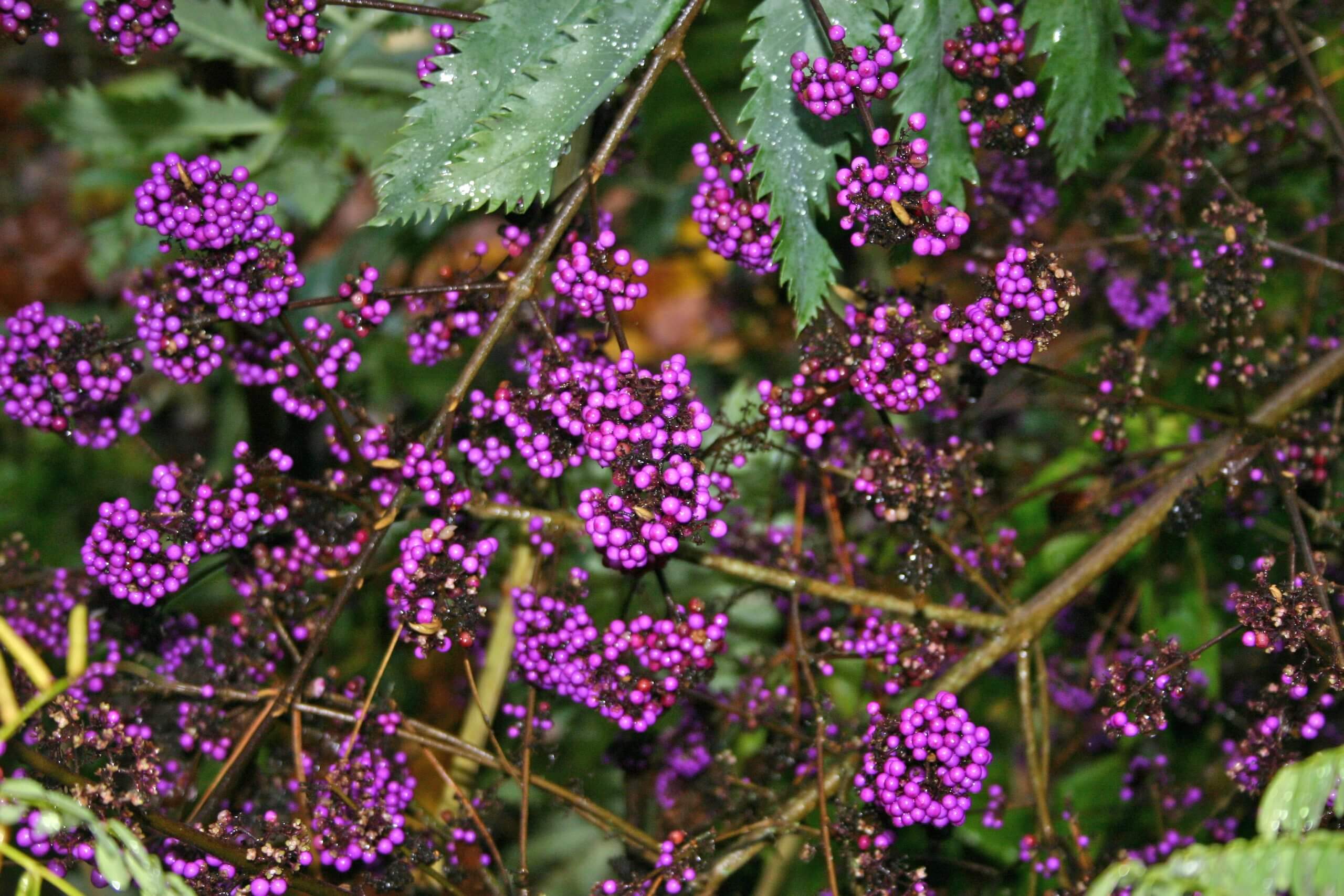
With the holidays approaching, it is especially nice to learn about plants that provide natural holiday color. Probably one of the best-known plants for fall and winter color is Bodinier’s beautyberry (Callicarpa bodinieri ‘Profusion’, zones 6-8). This hardy, deciduous shrub is an impressive, easy-care shrub for home gardeners. Sometime in late autumn, the leaves turn orange to yellow, and once they fall, the branches show off clusters of beautiful purple berries. In my own garden, I cut the berried branches to bring indoors for decoration. This also allows me to do some winter pruning.
Winter-Flowering Shrubs
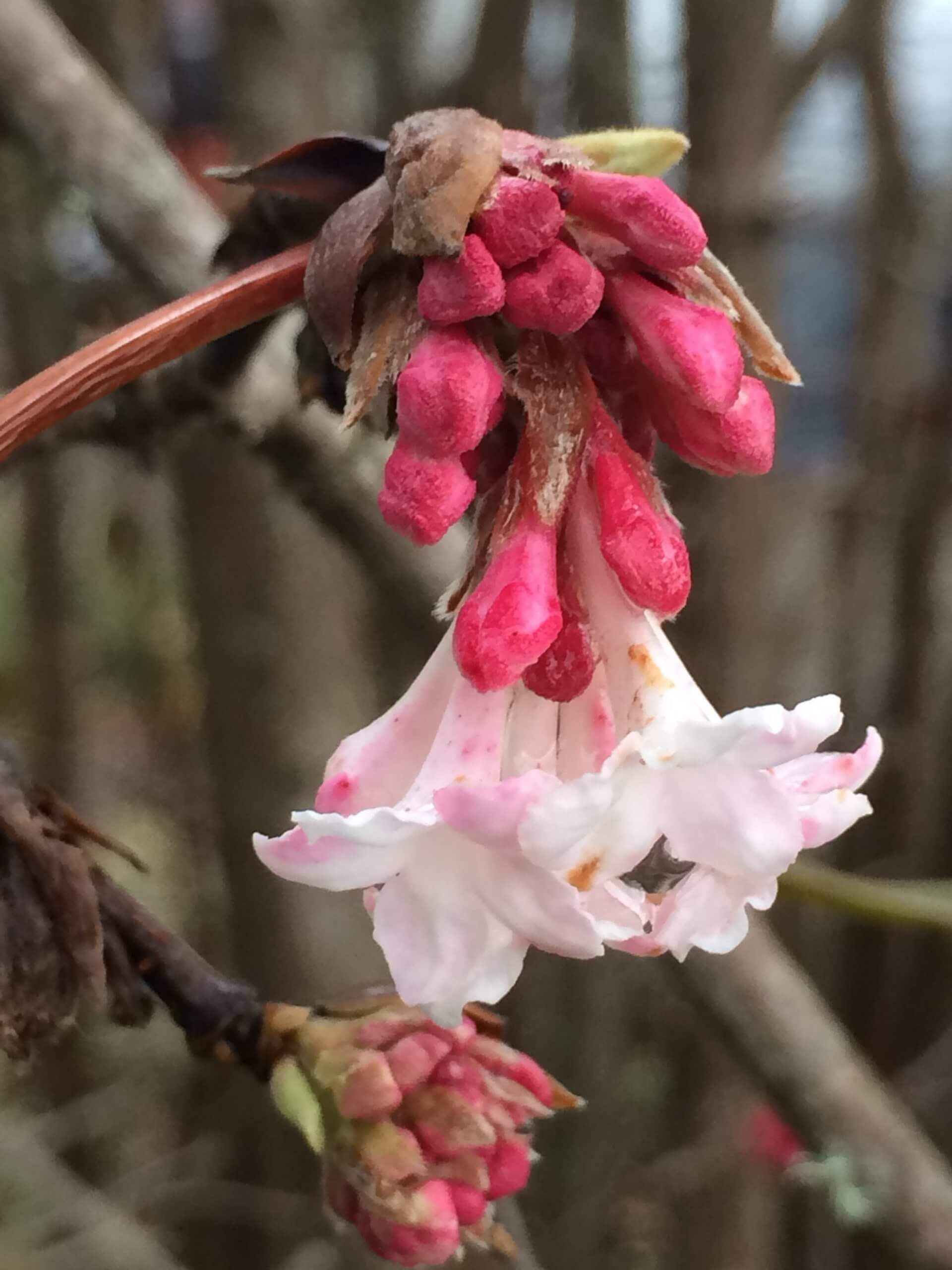
Another wonderful shrub for the holidays is the deciduous, winter-blooming Viburnum x bodnantense ‘Dawn’ (zones 5-7). In early winter the buds on the stems emerge with pink, fragrant flowers. The stems can be cut before the flowers open and brought indoors where they will open and provide bloom and fragrance for several weeks. Another highly fragrant bloomer that breaks bud in January is wintersweet (Chimonanthus praecox, zones 6-9). This Chinese native offers pale-yellow and maroon flowers that appear on bare branches. The red-flowering Yuletide camellia (Camellia sasanqua ‘Yuletide’, zones 7-10) is another very cheerful bloomer that often produces colorful flowers from fall through winter.
Elegant Evergreens
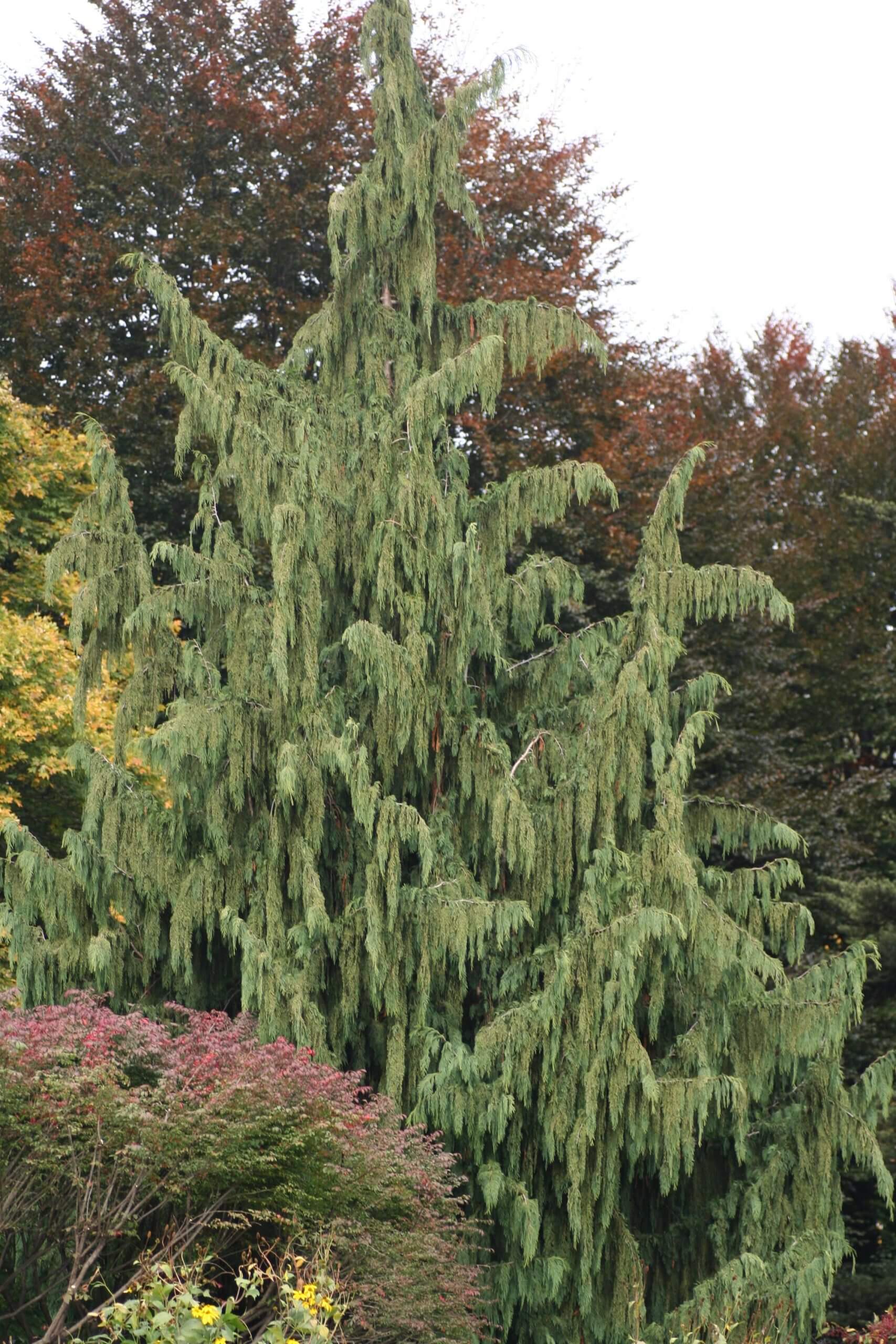
We should not neglect dwarf, or very slow growing, conifers. These are ideal plants for small landscapes, garden borders, or outdoor containers. A favorite of mine is Abies koreana ‘Horstmann’s Silberlocke’ (zones 5-7), which draws comments from visitors no matter what the time of year. This beautiful fir has needles that curve slightly around the stem and reveal blue tops and silver-white undersides. Another is Pinus parviflora ‘Goldilocks’ (zones 5-8) with the needles taking on a golden hew which provides a pop of color year round.
Larger evergreens can also add real grace to winter landscapes. Of these, the weeping Alaskan cedar (Chamaecyparis nootkatensis ‘Pendula’, zones 4 to 7) is especially beautiful with its elegant weeping branches. This tree can reach 35 feet or more, so be sure to give it lots of space.
Dwarf conifers can easily be grown in containers using Black Gold Natural & Organic Potting Mix. They are also perfect for a border garden. When planting in-ground plants, I recommend amending the soil with Black Gold Canadian Sphagnum Peat Moss, which is best suited to plants that prefer slightly acid soils, such as conifers.
Colorful Hellebores
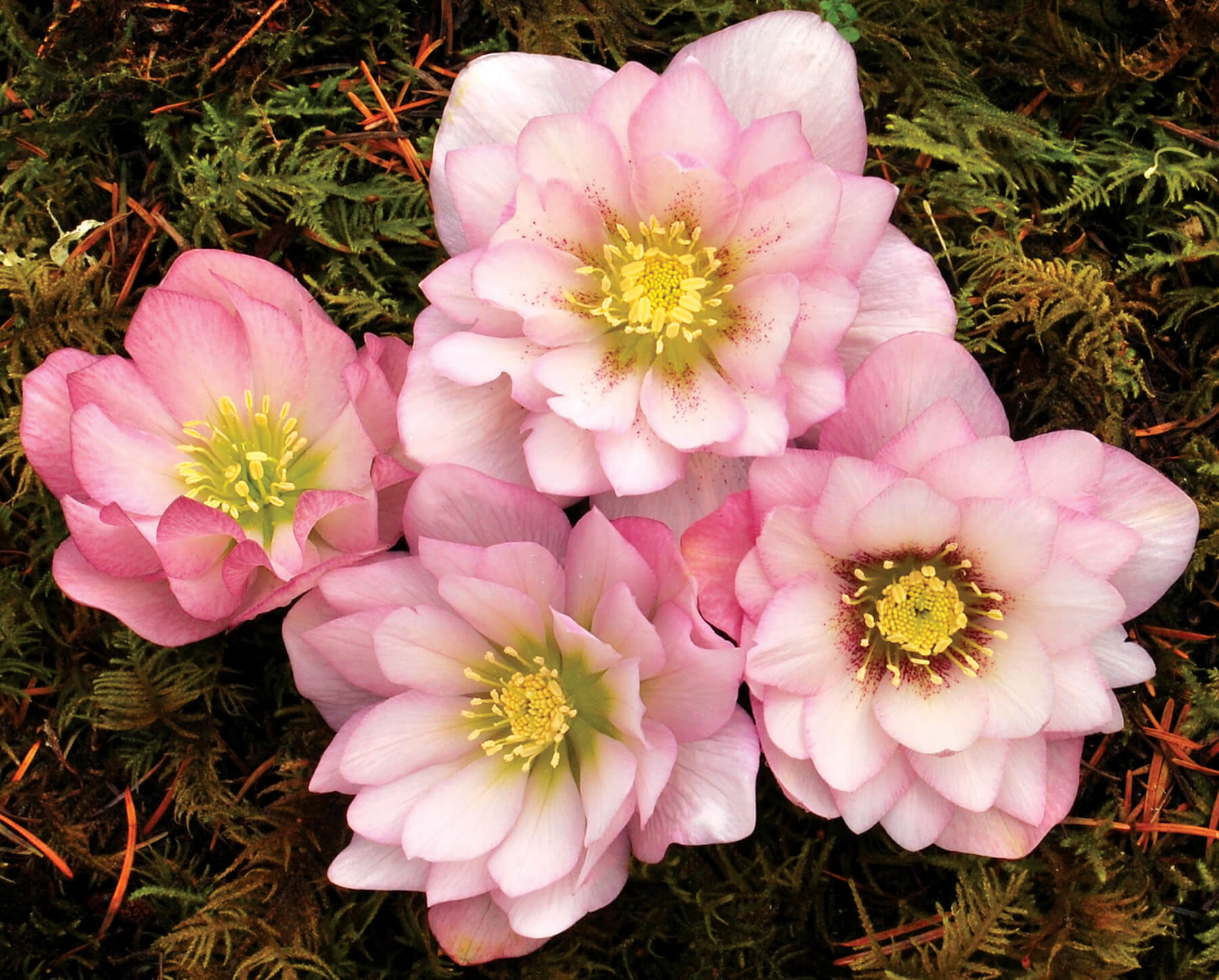
I would be remiss without mentioning hellebores (Helleborus spp., zones 5-8). These hardy, evergreen perennials are often seen in older gardens, but 10-15 years ago they had a resurgence in popularity. They are ideally suited to Northwest gardens with cool, moist shade. Many new cultivars developed in recent years that bloom earlier and longer. The English introduction, Winter Sunshine (Helleborus × ericsmithii Winter Sunshine) and the Terra Nova introduction Cotton Candy (Helleborus × hybridus Cotton Candy, Winter Jewels™ Series) are just two great selections from which to choose. Some of the newer hellebores that I planted are even beginning to bloom in my early December garden.
Hellebores like soil with plenty of humus material, and the addition of Black Gold Garden Compost Blend at planting time is ideal. Local garden centers are now stocking potted hellebores in bud and bloom, and they make ideal host/hostess gifts. They can be left inside for 7-10 days and then hardened off on a cold porch to be planted outdoors, either in the ground or in a container. In a container, use Black Gold Natural & Organic Potting Mix and the evergreen plants will provide both winter and spring interest for years to come.
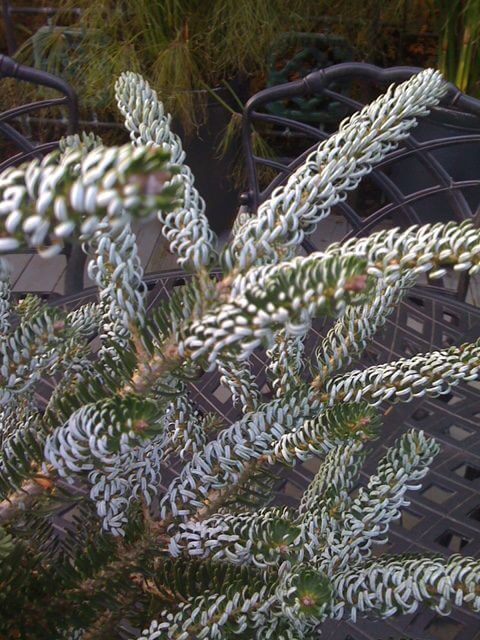
I hear from many listeners on my In the Garden with Mike Darcy radio program on KXL Portland and often receive photos of some of their favorite winter plants. The ones that I have mentioned are just a sampling.
With this year ending, I wish you all a very happy New Year! May we continue to share the enjoyment that our gardens provide us. And, may you find some new plants for your garden. There’s always room for one more!

